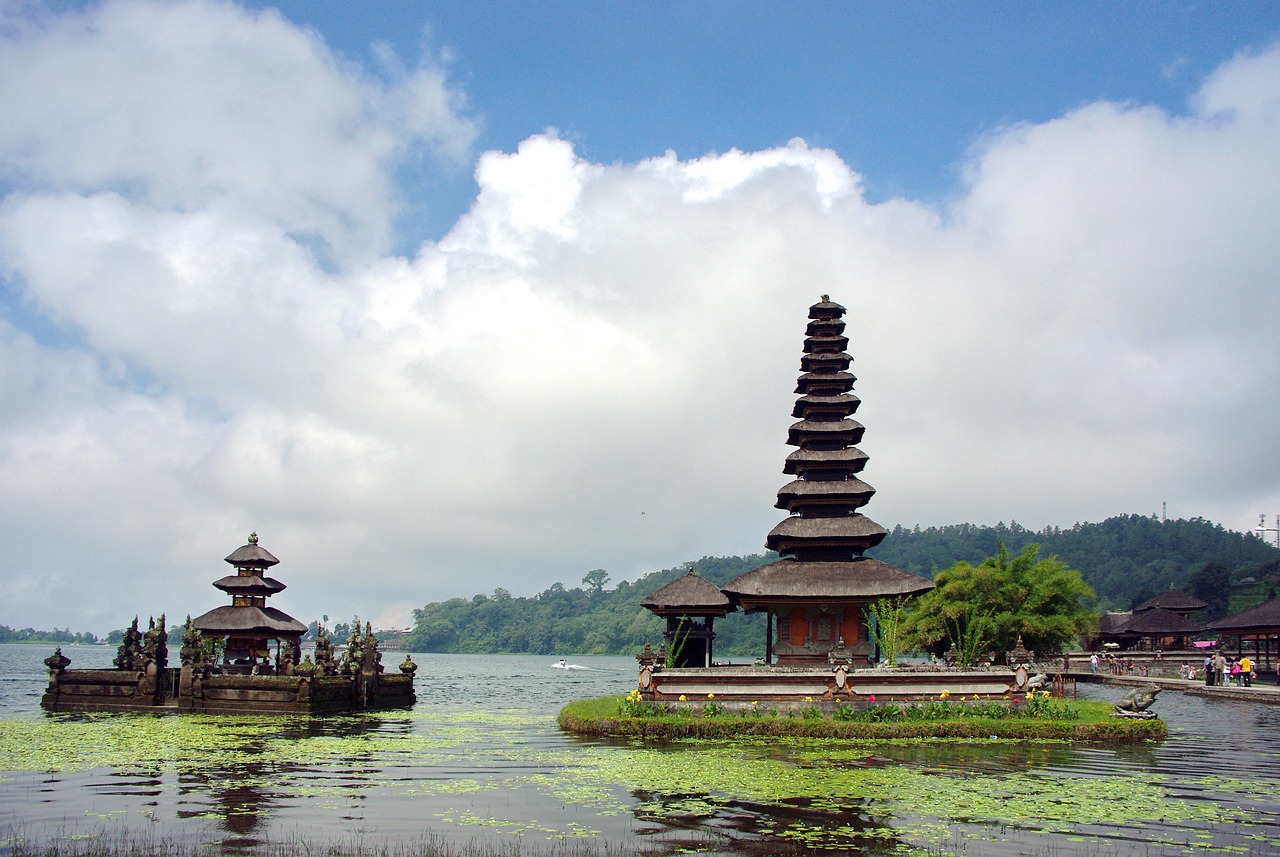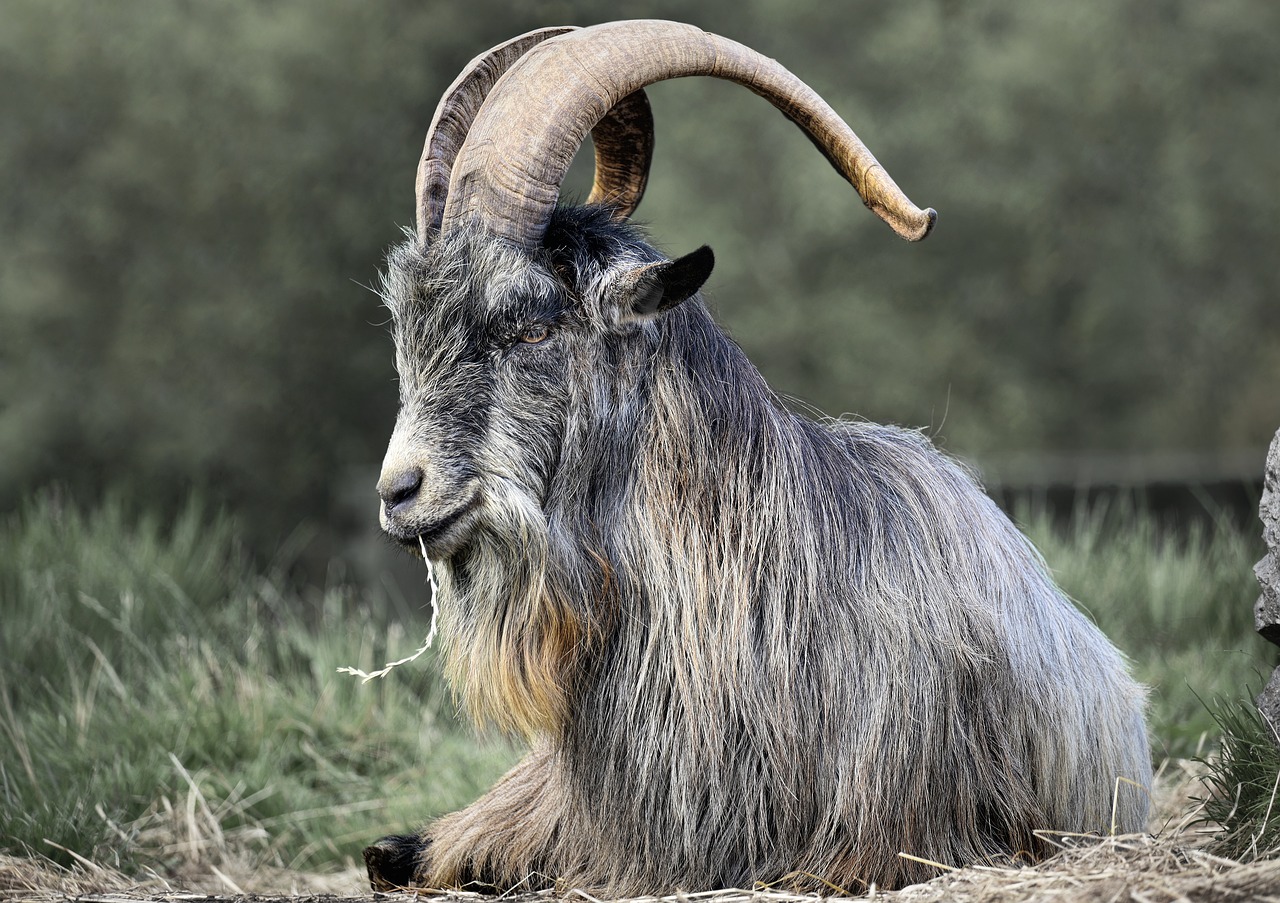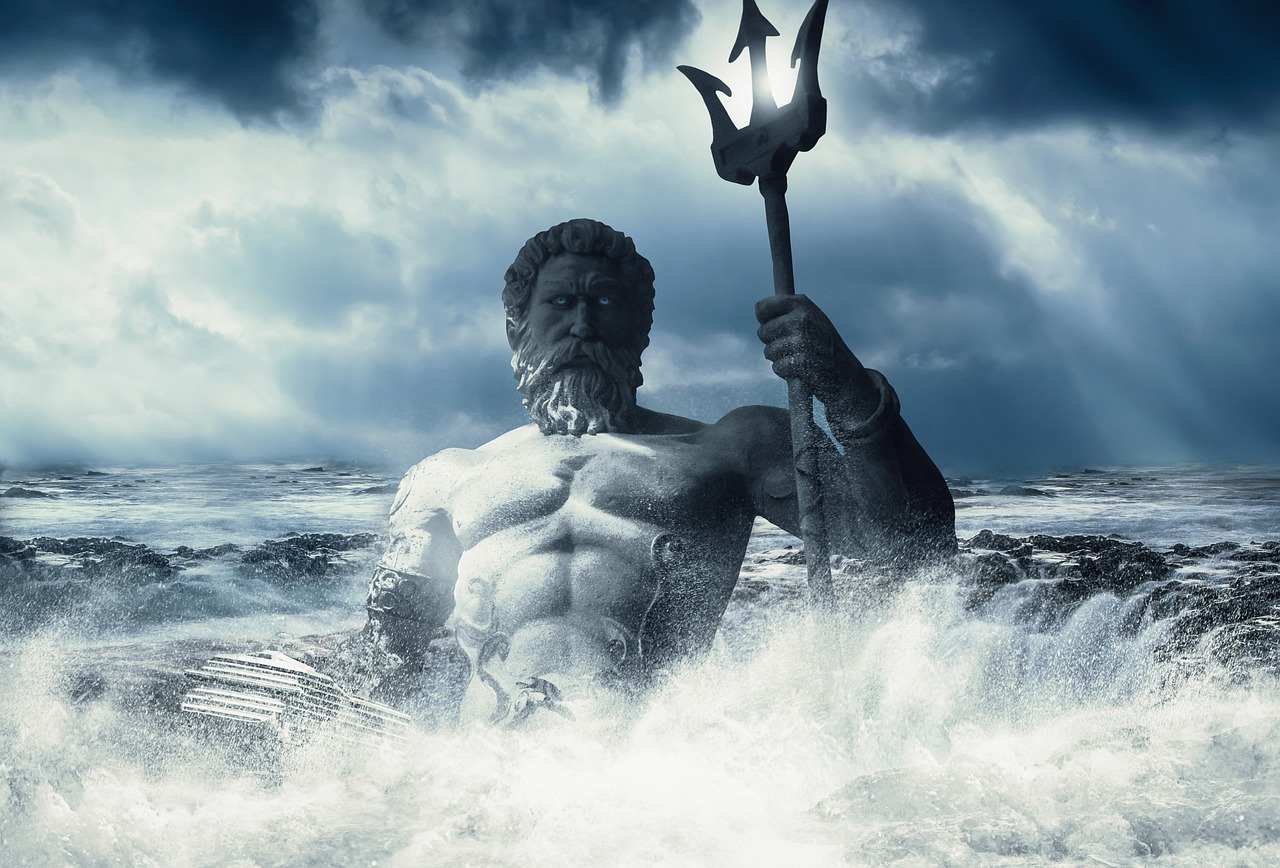Tag: Tuatha dé Danann
-
Danu, a revered triple goddess in ancient Irish mythology, is celebrated as the “Great Mother” of Ireland. She is regarded as the matriarch of the Tuatha Dé Danann, a lineage that translates to “People of the Goddess Danu.” Danu signifies wisdom, abundance, and prosperity, yet her name also aligns with the concept of water, suggesting…
-
Goibniu, associated with the Tuatha Dé Danann, stands as one of the trio of deities renowned for craft, known collectively as na trídé dána. Alongside Credne and Luchta, he exemplifies exceptional smithing skills. His most prominent appearance is in the tale of Cath Maige Tuired, where he is depicted as a relentless armorer, equipping Lug…
-
In Irish legend, Goibniu (pronounced ˈɡovʲnʲu, with the modern variation being Gaibhne) is recognized as the legendary metalsmith of the Tuatha Dé Danann. Revered as a deity of smithing, he is also connected with the principle of hospitality. His character draws parallels to Gofannon from Welsh mythology and Gobannus from Gaul. Etymological Origins Goibniu’s name…
-
Banba’s Crown, situated at Malin Head in Inishowen, County Donegal, represents the most northern point of mainland Ireland (Irish: Cionn Mhálanna, Inis Eoghain, Contae Dhún na nGall). Its designation honors the goddess Banba, who is associated with Irish folklore. Legend has it that Banba is one of the three deities—alongside Ériu and Fódla—who served as…
-
Manannán: The Enigmatic Sea Deity Manannán mac Lir, commonly referred to as simply Manannán, holds a prominent place in Irish mythology and beyond. Known in different cultures as Manann Mac Lir (Irish), Mac y Leir (Scottish), and fab Llyr (Welsh)—which translates to “Son of the Sea”—he is depicted as a critical figure not just in…
-
In Irish folklore, Bodb Derg, also known as Bodhbh Dearg, stands out as a significant figure, being either the son of Eochaid Garb or the Dagda himself, and later taking on the mantle as King of the Tuatha Dé Danann. His name, potentially stemming from a cognate of “bádhbh,” translates to “Red Crow,” showcasing a…
-
Lugh, known also as Lug or Luga, stands as a central figure among Celtic deities, especially in Irish traditions, where he embodies the sun and illumination. Originally perceived as an all-knowing and all-seeing god, Lugh later evolved into a renowned warrior and a significant cultural icon for the Irish. He is often referred to by…
-
In the intricate narrative of Irish mythology, Nuada stands as a pivotal figure, embodying the essence of the Tuatha Dé Danann, an ancient race believed to have once governed Ireland. Known by the designation “Airgetlám,” meaning “Silver Hand/Arm,” his story resonates with themes of heroism, loss, and the enduring quest for rightful leadership. The tale…
-
The Dagda, a central figure among the Tuatha dé Danann, stands as one of the most significant gods in Irish mythology. Renowned for his breadth of wisdom and skill, the Dagda embodied various aspects of existence: life and death, agriculture, seasons, magic, and druidry. He is often associated with three legendary treasures: a cauldron that…
-
The Tuatha Dé Danann made their return to Éireann, uniting from their four great cities as one group to reclaim their ancestral land. A prophetic declaration by Cesard, the druid of the Fir Bolg, foretold their arrival, describing them as: “Across the sea, warriors approach, a thousand heroes traversing the ocean; speckled ships will descend…



